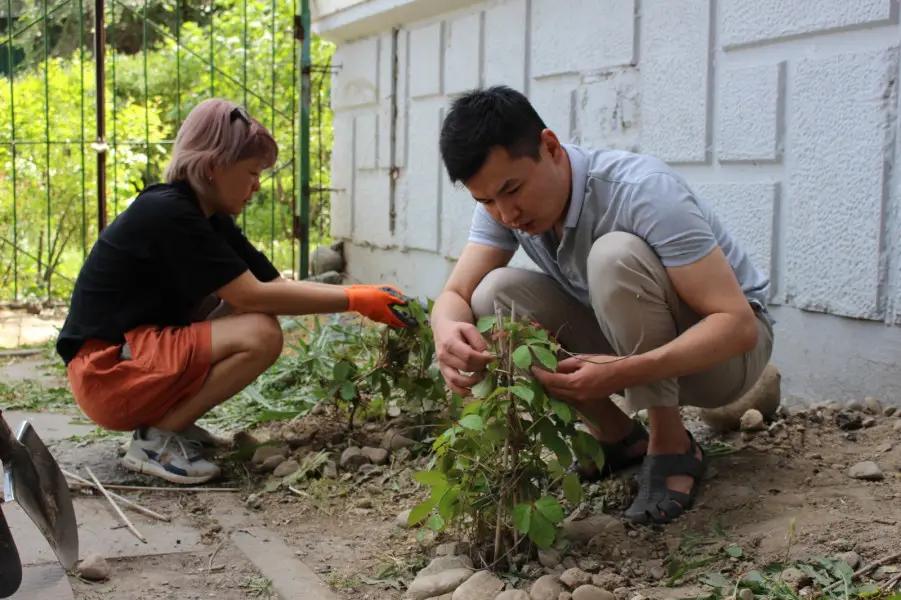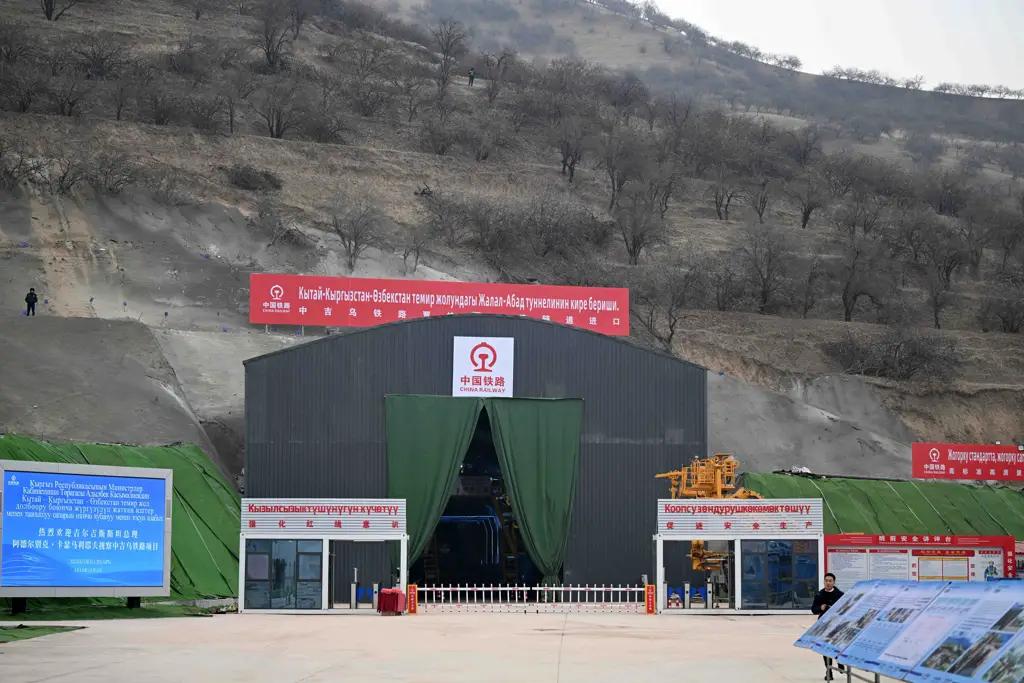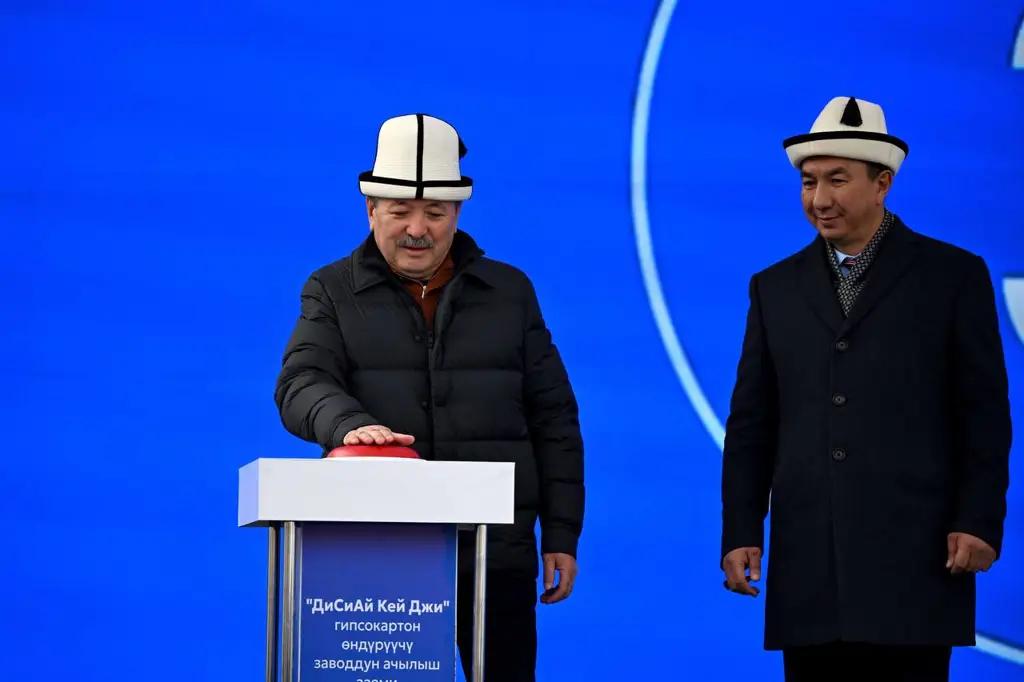
Published
06/24/2025, 09:00In Bishkek, work has begun to green the facades of three schools and a residential building
As part of the ‘1000 Green Walls’ programme, implemented by the MoveGreen public association in cooperation with the Bishkek City Council and supported by the United Nations Environment Programme (UNEP) and the international agency Bread for the World, the facades of four buildings have been greened: general education institutions No. 66, 24, 108, as well as a residential building in the Vostok-5 microdistrict.
Greening facades is a practical measure of climate adaptation in the context of increasing heat and air pollution in the city. Such solutions contribute to the formation of a more comfortable, sustainable and aesthetic urban environment and can be scaled up to other facilities in the capital.
Two types of vertically growing plants have been planted on the facades: Vichi grapes and evergreen ivy.
Vichi grapes are fast-growing decorative vines that are resistant to frost and drought. They form a dense green cover that protects walls from overheating in summer and heat loss in winter.
Grapes also absorb dust and exhaust fumes, thereby improving air quality. In autumn, the plant takes on a decorative colour, enhancing the appearance of city streets.
Evergreen ivy is a perennial plant that retains its green foliage all year round. It improves the thermal and sound insulation of buildings, traps dust and pollutants, and improves the microclimate around buildings. Ivy is particularly effective in shaded areas where other plants do not thrive.
The Bishkek City Council, together with its partners, will continue to implement the ‘1000 Green Walls’ programme, expanding it to include new schools, kindergartens and residential buildings.



